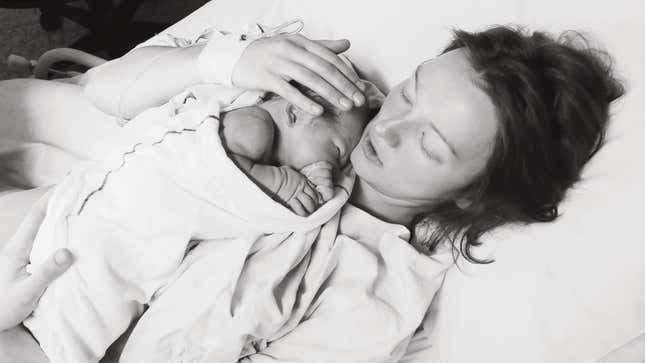Hospitals Are Performing Episiotomies Way Too Often, Despite Decades of Warnings
Latest

Episiotomy. It’s the word dreaded by all pregnants and could-one-day-be pregnants, because literally no one in the world wants to have a doctor take scissors or a scalpel to their vagina during childbirth. Unless, of course, it’s absolutely necessary. But an investigation by USA Today has found that many hospitals are performing episiotomies, which carry the risk of severe complications, at astonishing high numbers—rates as high as 40 percent.
-

-

-

-

-

-

-

-

-

-

-

-

-

-

-

-

-

-

-

-

-

-

-

-

-

-

-

-

-

-

-

-

-

-

-

-

-

-

-

-








































